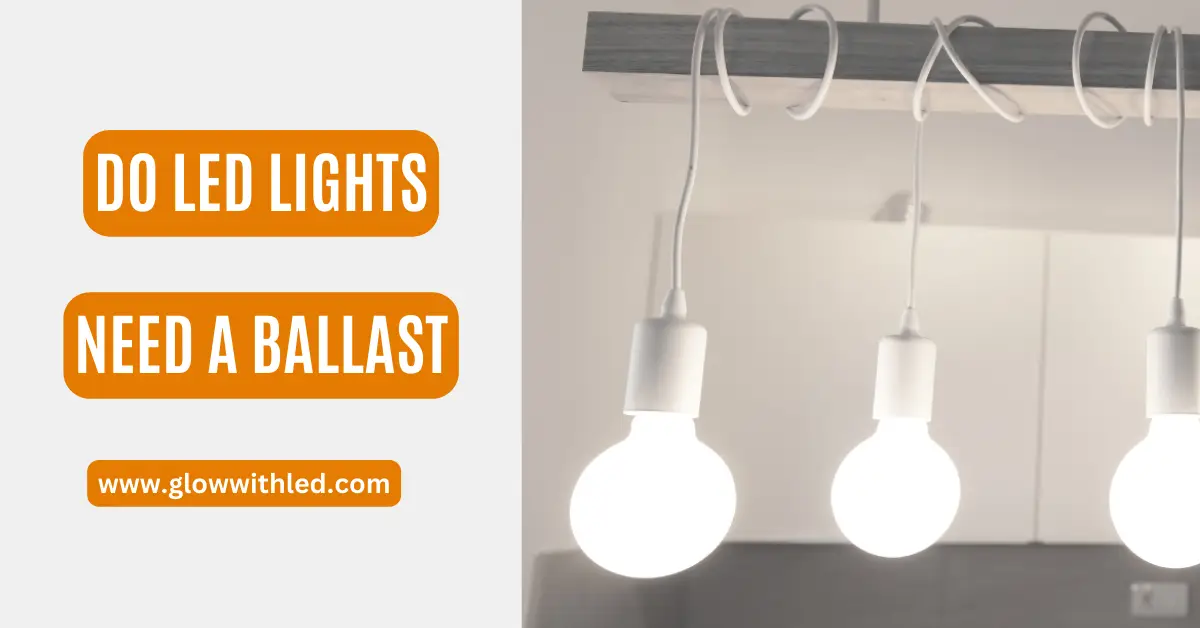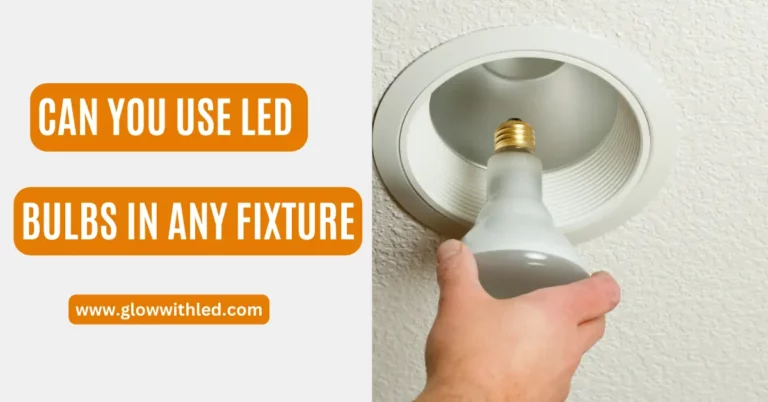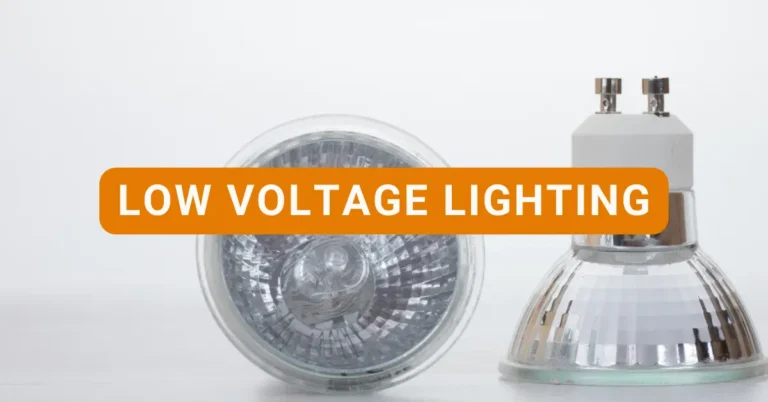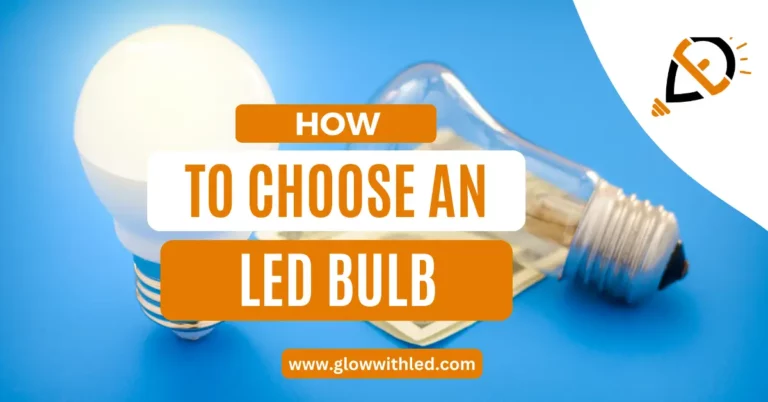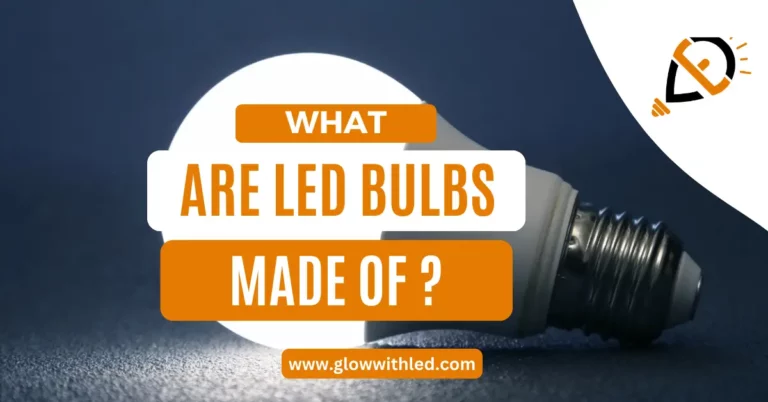Do LED Lights Need a Ballast
With the advancement in lighting technology, people are increasingly moving towards LED lights. Previously, most of the fluorescent and incandescent bulbs were used, which had a short lifespan and consumed a lot of electricity. In such types of lights, ballasts are used to stabilize the amount of current.
LED light users face this crucial question Do LED lights need a ballast?
LED lights don’t need a ballast. They work on low-wattage direct current, so they have built-in drivers that perform both functions. Blaster cannot step down current, nor can convert alternating current to direct current. So, LED lights are not compatible with ballasts except Plug and Play LED tube lights, which require ballast for proper functioning.
If you want to know What is ballast and Why ballast is not used in LED bulbs then read this article till the end, hope you will get benefit from it.
What is a Ballast?
Ballast are electrical device or resistor that is used to stabilize the amount of current according to the light bulbs or tubes.
They are mostly used in fluorescent lights to regulate the current and voltage. Fluorescent lights require more voltage to initiate, ballast provides them that amount of voltage to start.
Most people are confused with ballasts and transformers. Ballast is not a type of transformer. It’s just like a capacitor to control the amount of current flowing through it.
Here a question arises Is ballast necessary for all types of lights?
Ballasts are not necessary for all types of light bulbs.
LEDs are the type where ballast is not used. They have their built-in drivers to stabilize the current and convert AC to DC. Otherwise, if you use other types of bulbs or tube lights without a ballast, the bulb would overheat and burn out due to overflow of current.
Do LED Tube Lights Need a Ballast?
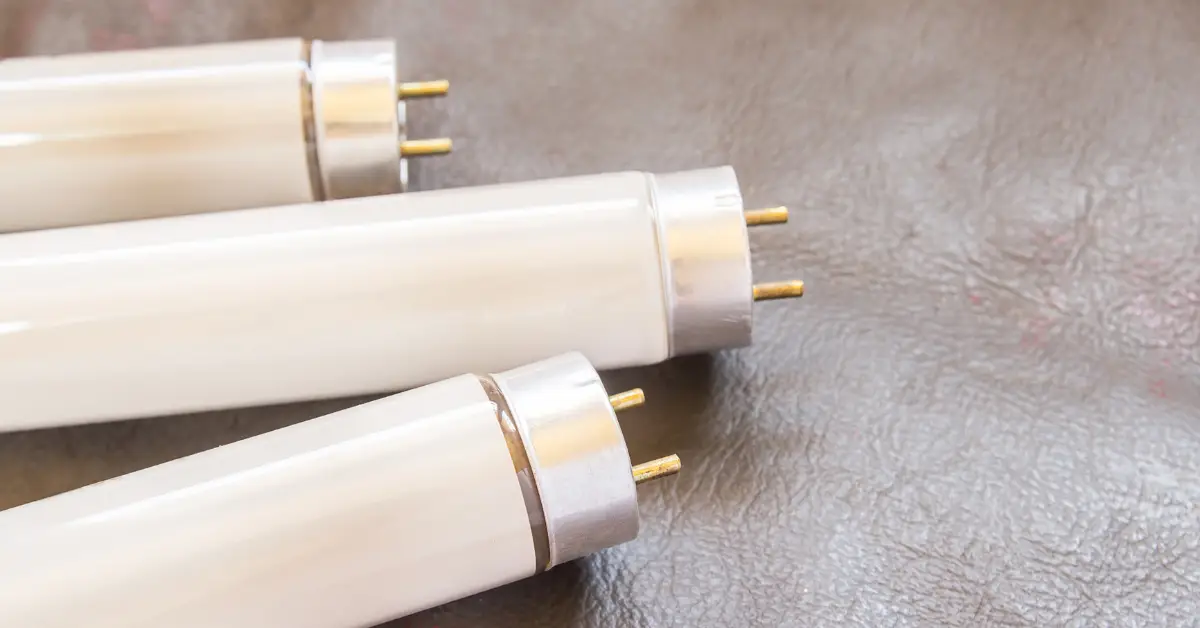
Technically, LED tube lights don’t need any ballast. LED lights have built-in drivers that are used to regulate the current. The household current provided to electrical appliances is alternating current, drivers perform a function to convert the alternating current into the direct current and step down it to the required level.
Indeed, you will be thinking if LED tubes don’t require any ballast then what happens if you use ballast with Tube Lights?
If your LED tube lights are not designed to work with ballast and still you use ballast with them there are many drawbacks to the safety and life span of Tube Lights. It will cause flashing or flicking of tube lights, reduce their lifespan, and sometimes immediately damage them.
Before using a ballast with an LED tube light, you must be sure whether your tube lights are designed to work with ballast or not.
Only Plug and Play LED tube lights require a ballast for operation. Otherwise, you don’t need a ballast for tube lights.
Do LED Lights Have Ballasts Inside?
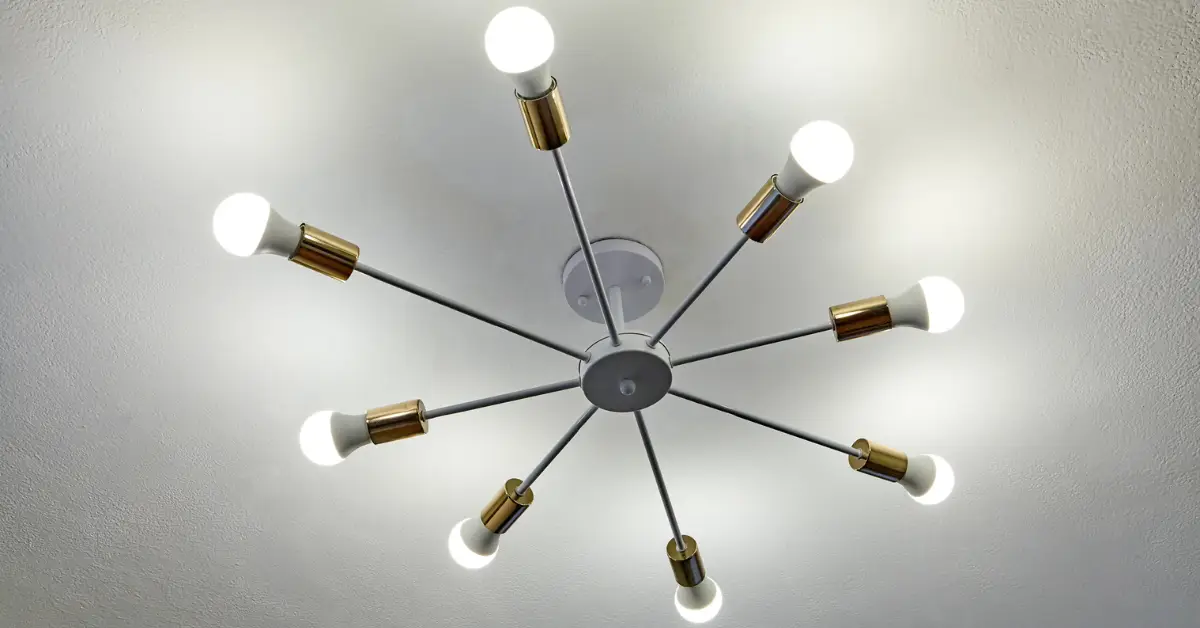
LED lights have no ballast and do not require any ballast. LED lights work on the semiconductor technology that requires low voltage direct current. Ballasts are not compatible with LED lights because they are unable to step down the high-voltage current and convert it from AC to DC.
So, LED bulbs have built-in drivers that manage the flow of current inside the components and protect the light components from high voltage.
Due to the absence of ballast, LED light bulbs have less weight and require low maintenance. Due to drivers, there is less energy loss in LED lights.
LED light bulbs and tube lights have small, lightweight built-in drivers. LED strip lights need a transformer to regulate the correct amount of current and prevent them from any damage.
Do I Need to Remove Ballast For LED Light?
It’s the best option to replace your fluorescent bulbs with Energy-saving light bulbs. But here users face a problem related to the ballast. The fixtures of fluorescent bulbs or tube lights have a ballast. So, if you install the LED bulbs in the same fixture Is there any need to remove the ballast?
LED lights use drivers to control the amount of voltage. So, technically they don’t require to install in a fixture having ballast.
If your old light fixture contains a ballast then you can install Plug and Play LED tube lights here. Otherwise, you need to remove the ballast for optimal performance of the LEB lights.
Some LED bulbs are compatible with certain types of ballasts. So, before installing any LED bulb check out its specifications and whether it is compatible with ballast or not.
How to Bypass the Ballast?
Here is the solution to the problem that you will face while replacing your traditional bulbs with LED bulbs.
Some LED lights can be used with a ballast but if you want to use LED bulbs that are not compatible with ballast then you can bypass the ballast by following these simple steps:
- Before working with electricity, disconnect the power for your safety.
- Remove the existing light ( tube light or bulb) from the fixture.
- Unscrew the ballast cover.
- Now, cut the wires that are connected to the ballast and remove it.
- Reconnect the hot wires and neutral wires together using a wire nut.
- Put the fixture back and secure it with a cover.
- Now you can easily install an LED bulb into the socket.
Conclusion
The technology on which LED lights work requires a device that steps down the current as well as converts the alternating current to direct current. Ballast cannot perform both functions, it can only regulate the amount of current but is unable to change current from alternate to direct.
For this reason, drivers are used in LED bulbs for proper functioning and to protect them from any hazards.
Moreover, ballast consumes more power and generates a lot of heat, and drivers consume less power and generate less heat to ensure the longevity of LED lights.

